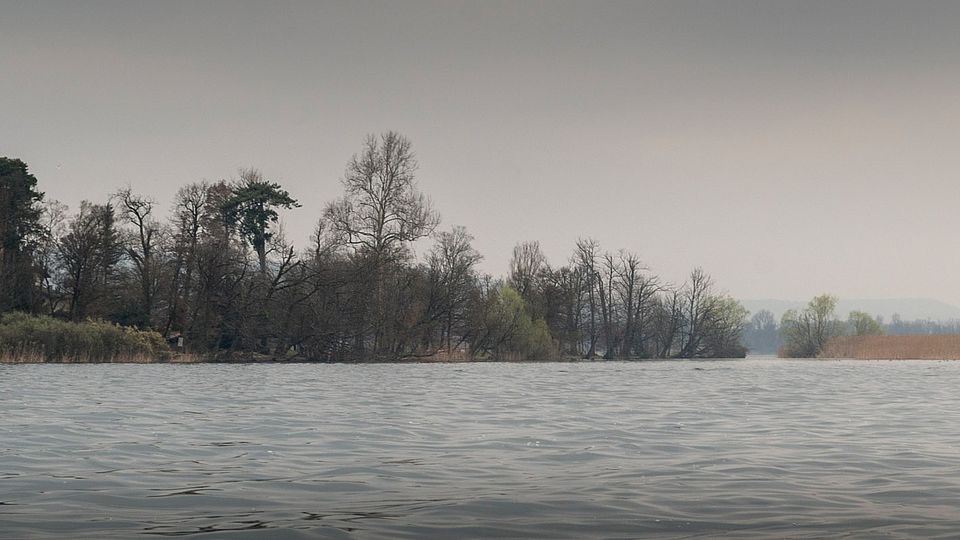
Study region and chronology
Our studies are mainly focused on Southern and Central Europe. We are mainly oriented to the study of the Neolithic period and the transition to the Bronze age, that is to say, the period between ca. 6000 to 2300 cal. BC., but we are also interested in observing trends at a larger scale and studying farming methods in other chronological periods.
Our approach
We have a pluridisciplinary team studying different types of archaeological remains, including botanical macroremains (seeds and fruits), insect and small animal remains, large animals and archaeological structures.
We apply different methodologies, including radiocarbon dating, stable isotope analyses, GIS analysis and Geometric Morphometrics, and we are open to include both new proxies and methods to improve our expertise.
Lakeshore settlements and sites with waterlogged deposits are always prioritized in our analyses. We are currently collaborating with sites such as La Draga (Catalonia), Isolino Virginia (Italy), Les Bagnoles (France), Zürich-Parkhaus Opéra and Zug-Riedmatt (Switzerland).
Aims
- Characterizing agricultural practices in the Neolithic: crop diversity, crop husbandry practices, etc.
- Understanding the role of wild plants in the diet and the economy of early farming populations
- Integrating herding and agricultural practices together with wild resource exploitation strategies to draw a holistic view of early farming economy
- Understanding risk and failure among small-scale farmers and defining risk-reducing strategies
- Developing proxies for climate variability at the required scale for debating agricultural change or resilience in the past
- Integrating farming dynamics into social dynamics and climate at a broader scale
- Promote transversal discussions on small-scale farming over history and currently
